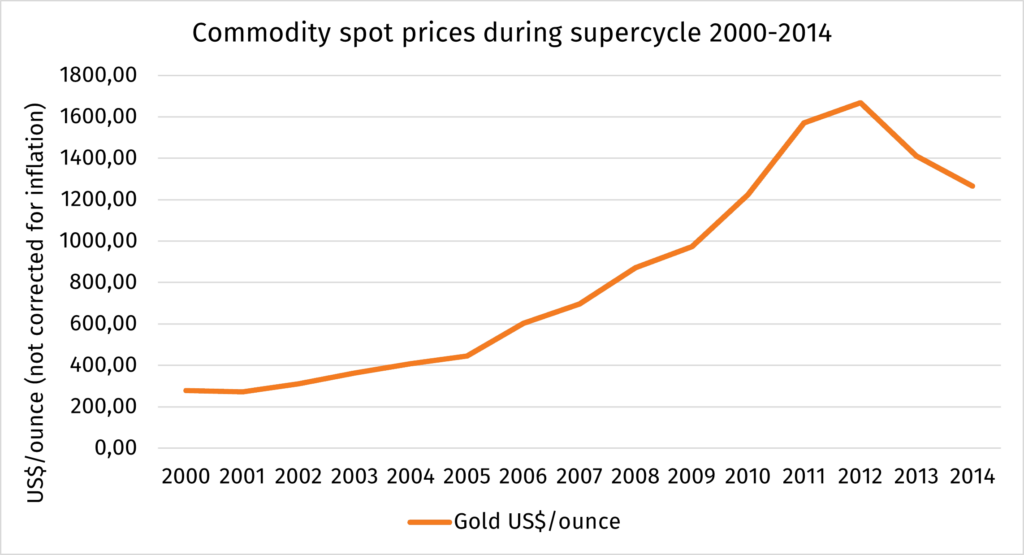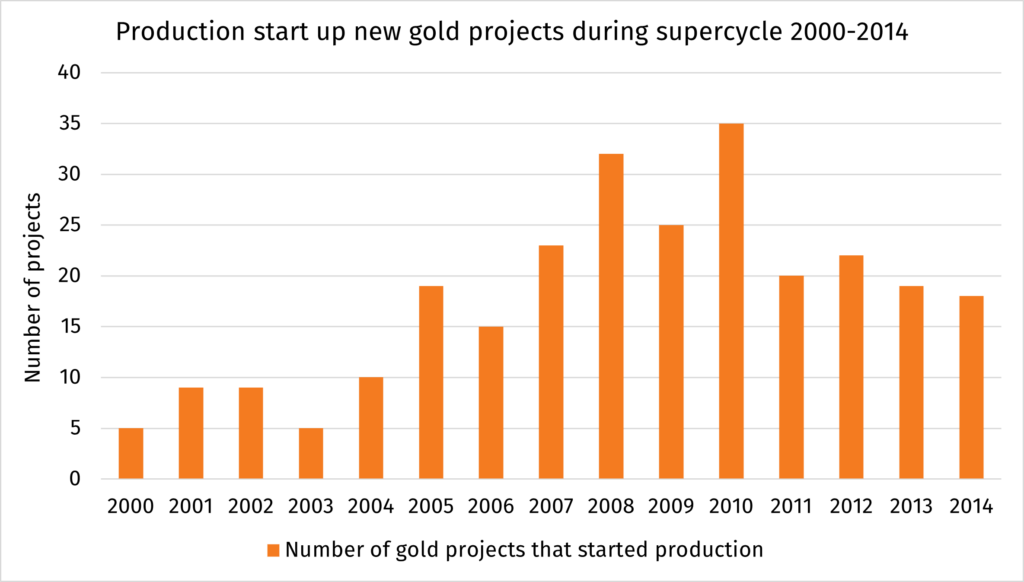A new mining supercycle: Could the mining projects meet the challenge?

Mining projects nowadays
The mining industry is known for its volatility due to the cyclical nature of metal and mineral prices, which is caused by recurring commodity booms or so-called super cycles. Although it’s a rare phenomenon – there have only been four in the past century – there are signs a new supercycle has begun.
This possible supercycle is mostly driven by the energy transition. With the increase in investments in clean energy infrastructure, clean transportation and every else to make the green transition possible, the need for industrial metals to electrify them is increasing.
Therefore it is likely that there will be a boom of mining project development and the industry will continue to deal with unprecedented price increases. This challenges mining project developers to compete for capital on a limited capital investment market and deal with sustained scope changes due to increasing metals and mineral prices, which also happened during the supercycle of 2000-2014.

Increasing prices during supercycle 2000-2014. Data source: gold project start-up data (Wetterhahn, 2018) and gold data Goldprice.org (2019).

Production start-up of new gold project and the gold price during prices during supercycle 2000-2014. Data source: gold project start-up data (Wetterhahn, 2018) and gold data Goldprice.org (2019)
The challenges
When competing in a limited capital market, time is of the essence. Therefore, project cost engineers need to produce estimates within a small timeframe. This is a challenging task when limited scope, data and resources are available. Additionally, consolidating the data, which is delivered by multiple stakeholders across different business units and locations, makes it even more complex. Using tools such as Excel also offers challenges with data security as high personnel turnovers often lead to data stored in these spreadsheets being lost or difficult to utilize.
3 major challenges the owners and contractors have to deal with during the supercycle are:
- Setting up accurate estimates fast and efficiently
- Setting up estimates with limited scope and resources
- Data security & access to historical data
The solution
Meeting these challenges is not an easy task. A good starting point could be to look at what you already have. Have you been collecting cost data from your previous mining projects? If you have access to historical project data, that’s great. As the next step, see if it is structured. You would need structured and normalized data to work with. Now you can use the power of data. With this, you can quickly set up accurate estimates with limited scope and resources, so your project will stay ahead in this fast-growing and competing market.
Using built-in cost models, you can estimate relevant equipment costs quickly and accurately. A cost database also allows you to have a transparent cost build-up and the flexibility to easily compare different scenarios and design alternatives, such as benchmarking and trend analysis.
Altogether, a cost estimate made with a proper cost database provides a strong basis for informed decision making in all stages of your mining project. And that’s exactly what you would need during a supercycle with quite some uncertainties.
Do you want to know more about our CESK Mining database? Please feel free to contact us.